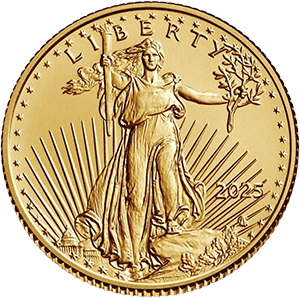
Introduction
In recent times, central banks around the world have been increasing their gold holdings as part of their strategic reserve management. These moves reflect their confidence in the value and stability of gold as a store of wealth. In this blog post, we will analyze the record-setting gold purchases made by central banks in June 2023, exploring the reasons behind these acquisitions and their potential implications on the global economy.

The Surge in Central Bank Gold Purchases
- Record-Breaking Figures: June 2023 witnessed a remarkable surge in gold purchases by central banks, setting new records in terms of volume and value. These purchases represent a significant shift in the global gold market dynamics.
- Diversification and Reserve Management: Central banks have long recognized the importance of diversifying their reserve assets. Gold provides a valuable hedge against currency risks and acts as a store of value during times of economic uncertainty.
Factors Influencing Central Bank Gold Purchases
- Geopolitical and Economic Uncertainty: Global economic volatility and geopolitical tensions can erode confidence in traditional reserve currencies. Central banks, therefore, seek to diversify their holdings by increasing their exposure to gold, which is considered a reliable and tangible asset.
- Currency Devaluation Concerns: Central banks may be motivated to acquire gold due to concerns about the potential devaluation of their national currencies. Gold offers stability and serves as a safeguard against potential currency crises.
- Inflation Hedge: Rising inflation rates can erode the purchasing power of fiat currencies. Central banks purchasing gold can serve as a hedge against inflation, preserving the value of their reserves.
- Strategic Shifts: Central banks' increased gold purchases may reflect a strategic shift in their monetary policy framework. This could be driven by a desire to reduce dependence on foreign currencies or to enhance financial sovereignty.

Implications of Central Bank Gold Purchases
- Boosting Gold Demand: Central banks' record-setting gold purchases contribute to increased demand in the global gold market. This surge in demand has the potential to impact gold prices and the overall supply-demand dynamics in the market.
- Enhanced Market Sentiment: Central bank purchases of gold send a strong signal to the market, boosting investor confidence in gold as a viable investment. This can have a positive influence on market sentiment and potentially attract additional private sector investment in gold.
- Stabilizing Global Financial System: Central banks' strategic acquisition of gold can contribute to the stability of the global financial system. Gold acts as a non-correlated asset, providing a buffer against market volatility and potential currency fluctuations.
- Potential Shifts in Global Economic Power: Central banks' gold purchases may reflect a broader shift in global economic power. Increased gold holdings can bolster the influence and stability of emerging economies, potentially altering the dynamics of the international monetary system.
Conclusion
The record-setting gold purchases made by central banks in June 2023 indicate their recognition of gold's enduring value and its role in maintaining financial stability.
Geopolitical uncertainties, concerns about currency devaluation, and the desire for diversification have driven these acquisitions. The implications of central bank gold purchases extend beyond the immediate market impact, contributing to increased demand, enhanced market sentiment, and potential shifts in global economic power.
As central banks continue to accumulate gold, its significance as a strategic reserve asset will likely remain strong, shaping the dynamics of the global economy in the years to come.









